NAVIGATING BOATS AROUND ORANGE BEACH & PERDIDO PASS: A LOCAL GUIDE
By Meredith Folger Amon, Licensed in Alabama and Florida
Guided by Integrity. Backed by Experience. Search the Gulf with Meredith Folger Amon.
I run these waters constantly—Orange Beach, Ono Island, Perdido Pass, and the back bays—and I keep a running list of notes to help friends and clients make confident, courteous runs. Below is my first-person guide to reading the water, understanding markers and wake zones, and knowing where extra caution pays off across Perdido Pass, the Intracoastal Waterway (ICW), Ole River, Bayou St. John, Terry Cove, Cotton Bayou, the canals, and the open Gulf.
Heads-up: Conditions change with tide, wind, and storms. This guidance is local experience—not a navigation chart. Always follow the latest aids to navigation and official notices.
Perdido Pass (Inlet)
- What shifts: Sandbars migrate along channel edges, near the jetties, and by bridge approaches—especially after big blows. The “deep line” can move a surprising distance after storms.
- How I read it: Greener/clearer water often = deeper; tan/tea water with tight ripples or odd, narrow breakers can signal a bar. Watch where similar-draft boats slow or adjust.
- Bridge clearance: Check the current clearance boards—tide and wind set change the real number.
- Jetty awareness: Expect fishermen, eddies, and confused seas where swell refracts. Keep a steady plan and don’t stop in the throat of the pass.
- Post-storm recon: Daylight, smaller swell windows, extra lookout, and a conservative line along the most current buoys.
Intracoastal Waterway (ICW)
- Yellow symbols rule the line: On the ICW, the yellow triangle marks starboard and the yellow square marks port (when following the ICW’s direction). If buoy color and yellow symbols conflict, follow the yellow ICW symbols.
- Commercial traffic: Barges and workboats need room to maneuver. Give wide berth and communicate early.
- Wake etiquette: Idle/no-wake stretches appear near marinas, fuel docks, and tight residential fronts—your wake is your responsibility.
Ole River (south side of Ono Island)
- Narrow, shifting shoals: Shoulder areas change with wind and tide. Stay alert for sand humps and grass patches.
- No-wake pockets: Expect idle zones near condos, docks, and tight bends. Cross wakes at ~45°—never spear a big one head-on at speed.
- Weekend congestion: Give slower or inexperienced operators a wide, patient buffer.
Bayou St. John
- Chop in a breeze: Open reaches stack short, steep waves in onshore winds; trim/tabs for control, not speed.
- Shallow shoulders: Avoid cutting corners near markers; hold the center of marked channels.
- Anchoring: Set outside channels; pay proper scope; keep stern lines handy if current swings are tight.
Terry Cove
- Popular anchorage: Sandbar edges drift—ease in slowly and watch other boats’ depth behavior.
- Marina corridors: Fuel docks and haul-out areas deserve extra courtesy. Idle means no wake.
- After fronts: Water clarity often improves—good window for light-draft recon runs.
Cotton Bayou
- Narrow entrance & ramp traffic: Expect tight quarters; prep in the staging area, not on the ramp.
- Tidal set: Cross-currents can nudge you around markers; maintain steerage and don’t crowd others.
The Residential Canals
- Strict idle/no-wake: Anything more throws rollers at docks and seawalls. Keep it true idle, tabs up, trim neutral.
- Courtesy: Wide turns, soft shifts, and no stopping mid-channel. Stow gear and lines before entering a canal.
The Gulf (Off the Beach)
- Bar & sea state: An onshore wind against an outgoing tide stacks the inlet; pick friendly windows for your boat and crew.
- Following sea: Small tab/bow adjustments reduce bow steer. Maintain enough power for positive control without plowing.
- Debris after storms: Expect floating wrack near the mouth; extra lookout pays.
Wake Zones, Courtesy & Common Practices
- No-wake means no wake: If the stern is digging, it’s not idle. Adjust until you throw nothing.
- Passing in tight quarters: Hand signals and eye contact help. A slight speed change can shrink your wake—only if safe and agreed.
- Right-of-way in plain English: The overtaking boat keeps clear; at a crossing, the boat to your starboard typically has priority; head-on passes are port-to-port. When in doubt—slow and communicate.
- VHF & signals: Hail on 16, then move to a working channel. One short blast: port-to-port; two: starboard-to-starboard (confirm visually).
Caution Areas (Always Worth a Second Look)
- Jetties: Refracted swell, fishermen, and eddies demand a steady line and predictable speed.
- Sandbars: Form at channel shoulders, inside bends, and after storms; never assume last week’s depth.
- Bridge clearance: Verify real-time boards; tides and wind set matter for towers, T-tops, and masts.
- Fuel docks & ramps: Idle early, stage lines and fenders, and clear the area quickly when done.
Boat Sizes & Types: What Works Where
- Restrictions: There isn’t a blanket “size ban,” but practical limits apply—draft for bars and channels, beam for slips and basins, and clearance under bridges. Deep-draft yachts stick to marked water and conservative sea states.
- Shallow-draft (skiffs, bay boats): Flexible for back bays and edges, but still obey no-wake and avoid cutting corners blindly.
- Center consoles & offshore hulls: Great in the Gulf on the right day; treat the pass like an inlet, not a river mouth.
- Pontoons/tri-toons: Excellent in bays and coves. Be selective about inlet runs in chop or strong tidal sets.
- Sail & catamarans: Mind bridge clearance and controlling depths; time tides thoughtfully.
- Jet boats & PWCs: Shallow-capable but vulnerable to debris ingestion; give others wide berth and mind no-wake zones.
Public Marinas & Services
Yes—there are public marinas, transient slips, ethanol-free fuel, and pump-out services in and around Orange Beach. Offerings and hours change seasonally, so calling ahead is smart—especially on weekends and holidays. For slip types, lift ideas, and docking considerations by neighborhood, see my local boating overview: Boating Amenities on the Gulf Coast.
Quick Departure & Return Checklists
- Before cast-off: Weather/radar, tide & current window, fuel reserve, PFDs sized and reachable, throwable/sound device, nav lights working, VHF on 16 (then working channel), lines & fenders staged.
- Approaching the pass: Trim/tabs set for sea state, loose gear stowed, crew seated and briefed, scan buoy line, watch similar-draft tracks, commit to a steady plan.
- Back at the dock: Slow approach with a Plan B, lines first then engines off, rinse salt, and note any changed bars or buoy positions for next time.
If you’re pairing a boat with a home—slip size, lift setup, and the run you want—I’ll help you match neighborhoods and water depth to your lifestyle in Orange Beach and on Ono Island, and share more local lines for confident runs.
Meredith Folger Amon is a Gulf Coast Expert Real Estate Advisor, licensed in Alabama and Florida. I help buyers and sellers navigate waterfront living—from pier permits and lifts to the everyday details that keep you confident at the helm.
#searchthegulf #meredithfolger #becausewelivehere
SEARCH ORANGE BEACH REAL ESTATE LISTINGS FOR SALE
- All Listings
- $200,000 - $300,000
- $300,000 - $400,000
- $400,000 - $500,000
- $500,000 - $600,000
- $600,000 - $700,000
- $700,000 - $800,000
- $800,000 - $900,000
- $900,000 - $1,000,000
- Over $1,000,000
Ono Island Homes & Land for Sale – Luxury Waterfront Real Estate in Orange Beach Alabama
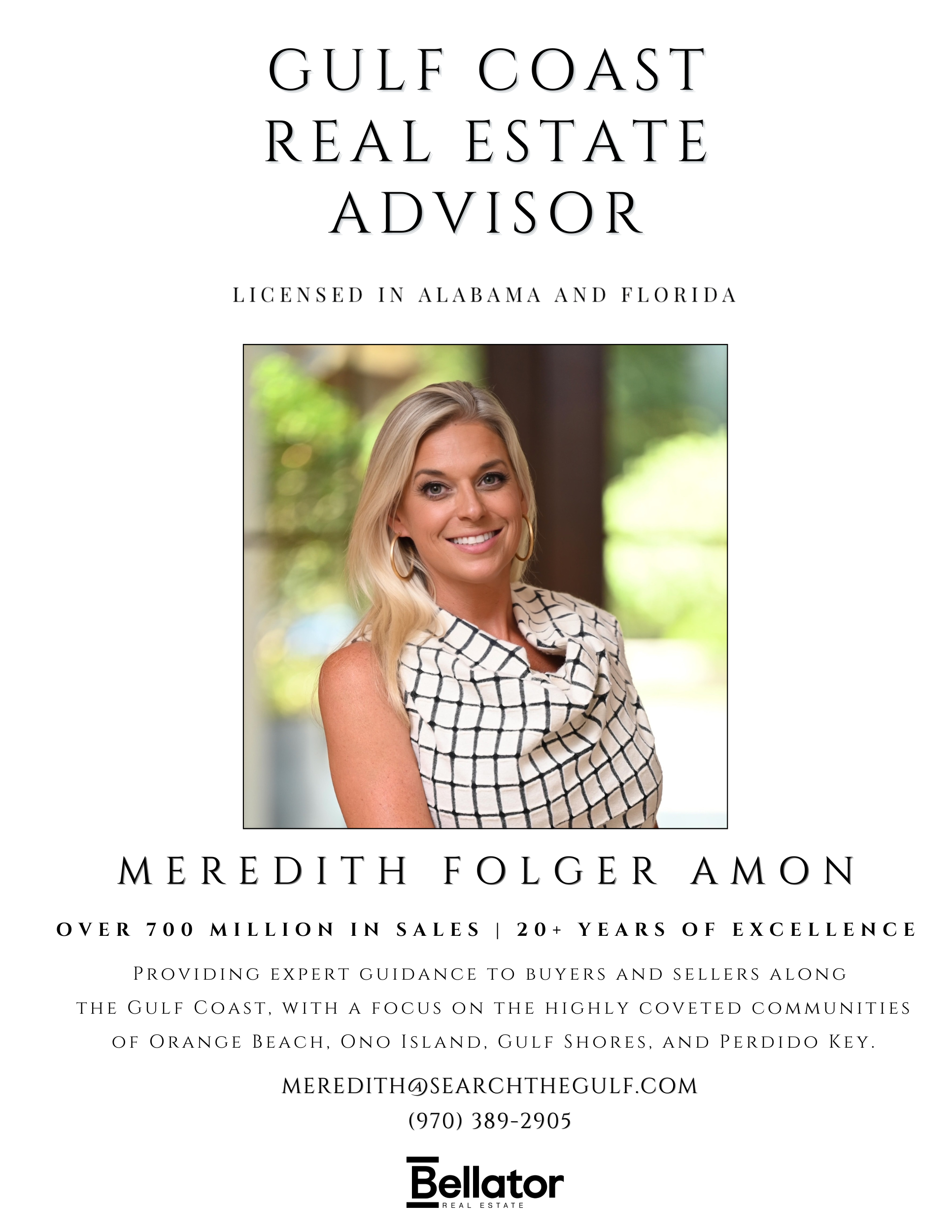
.gif)
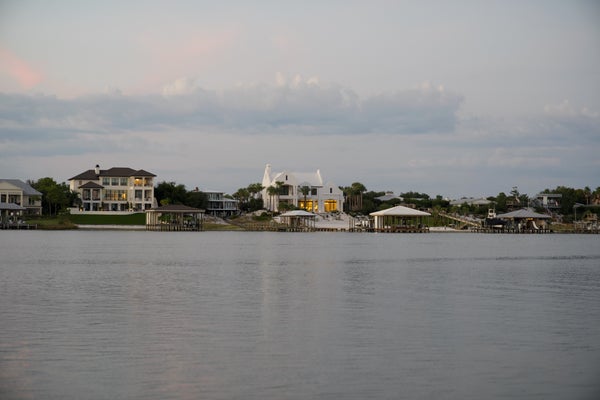
Orientation: Light, Breeze, and View — Living with the Elements on Ono Island
Orientation: Light, Breeze, and View — Living with the Elements on Ono Island
There’s something deeply Southern about the way Ono Island breathes — the salt air, the sway of marsh grass, and the rhythm of tide and light. Here along Old River, the sun and wind dictate the day as surely as the church bells…
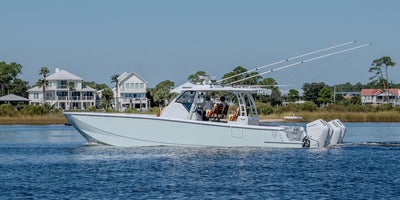
Valhalla V-37: The Orange Beach Boater’s Dream

Stem Wall vs. Monolithic Slab Foundations on the Gulf Coast
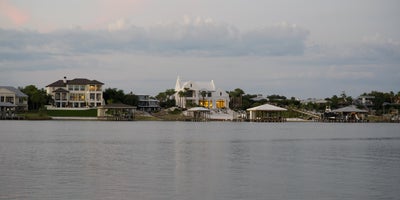
Top 10 Design Considerations for Building on Old River, Ono Island
Ask A Question or Sign Up To See New Real Estate Listings Before Your Competition
When it comes to finding the home of your dreams in a fast-paced market, knowing about new listings as soon as they are available is part of our competitive advantage.Sign up to see new listings in an area or specific community. Contact Meredith with any questions you may have.


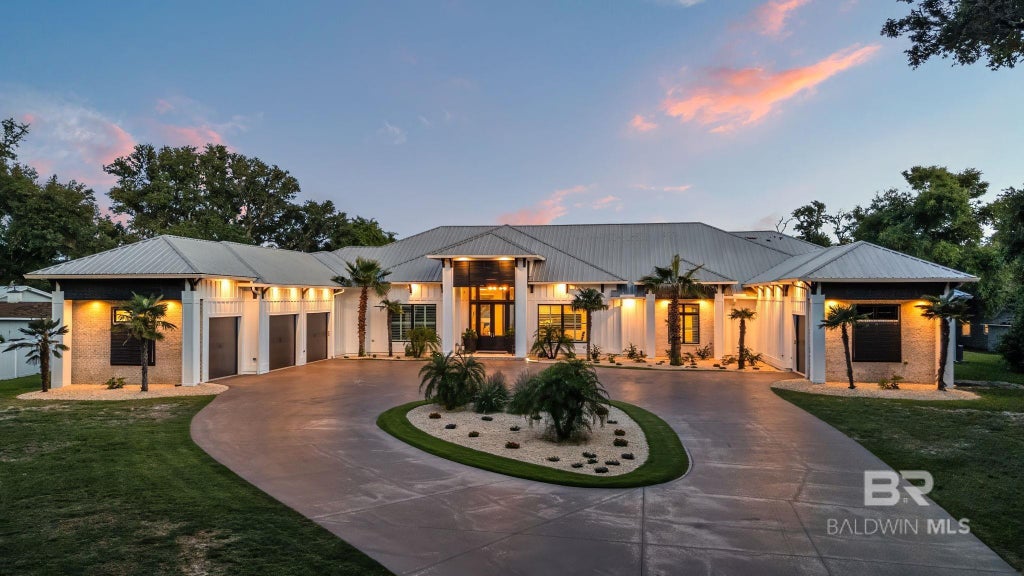
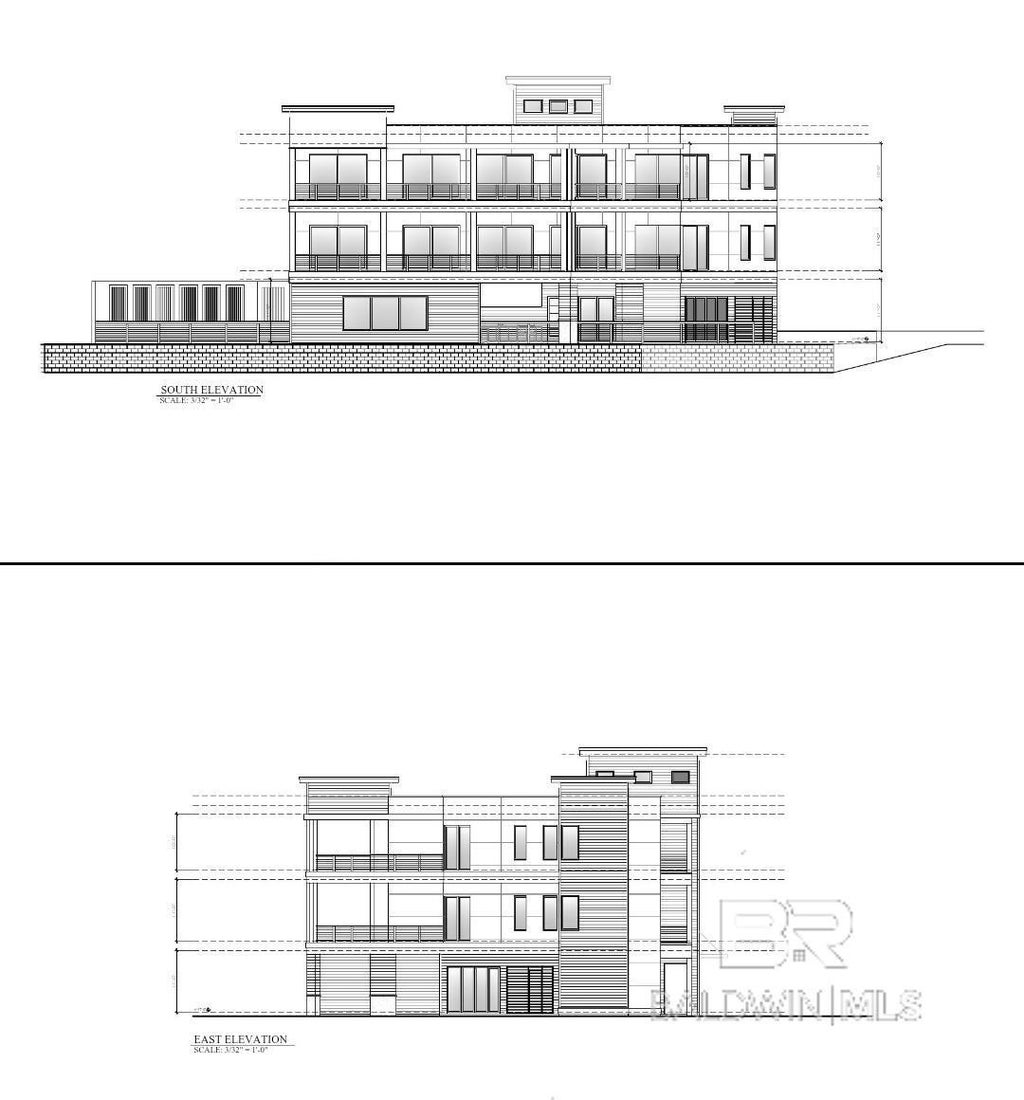
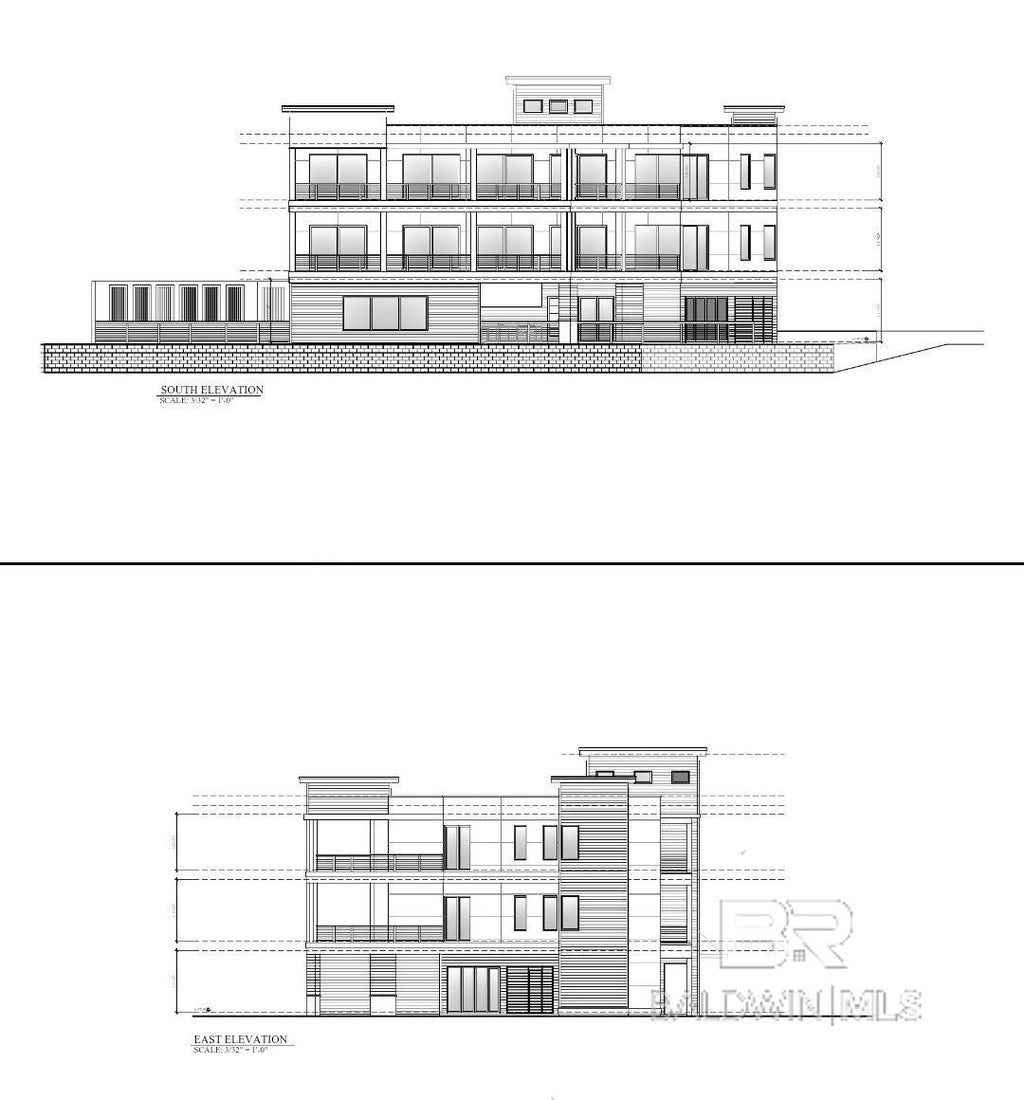
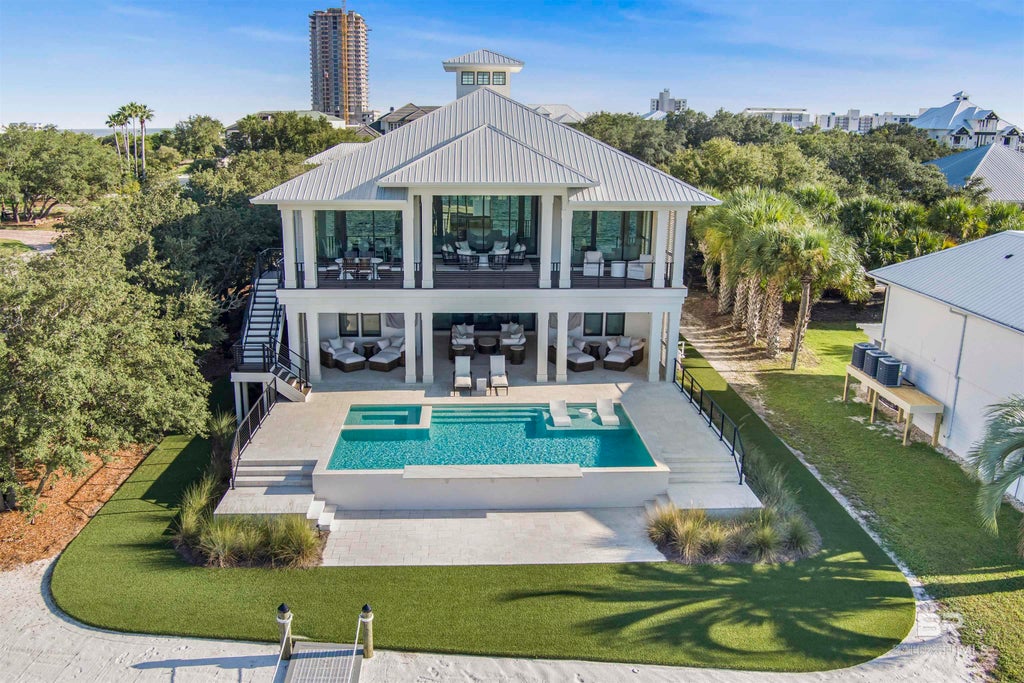
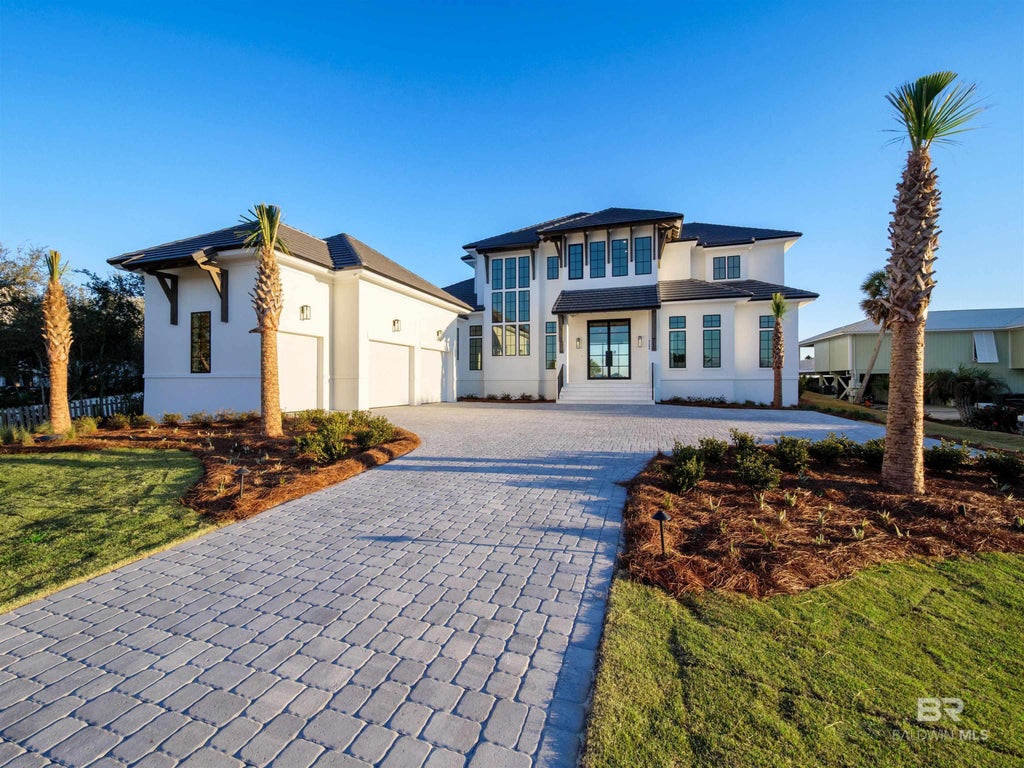
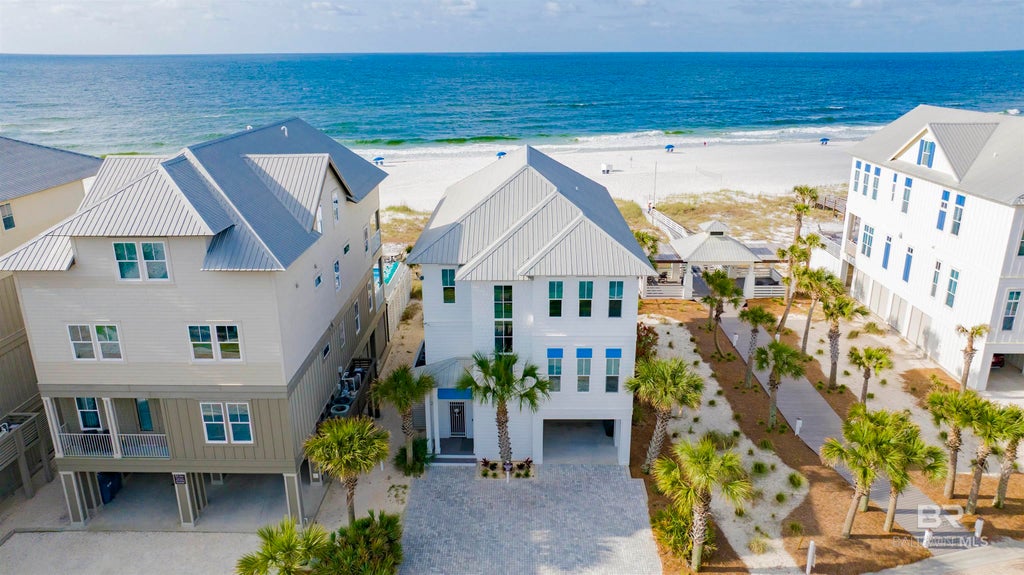
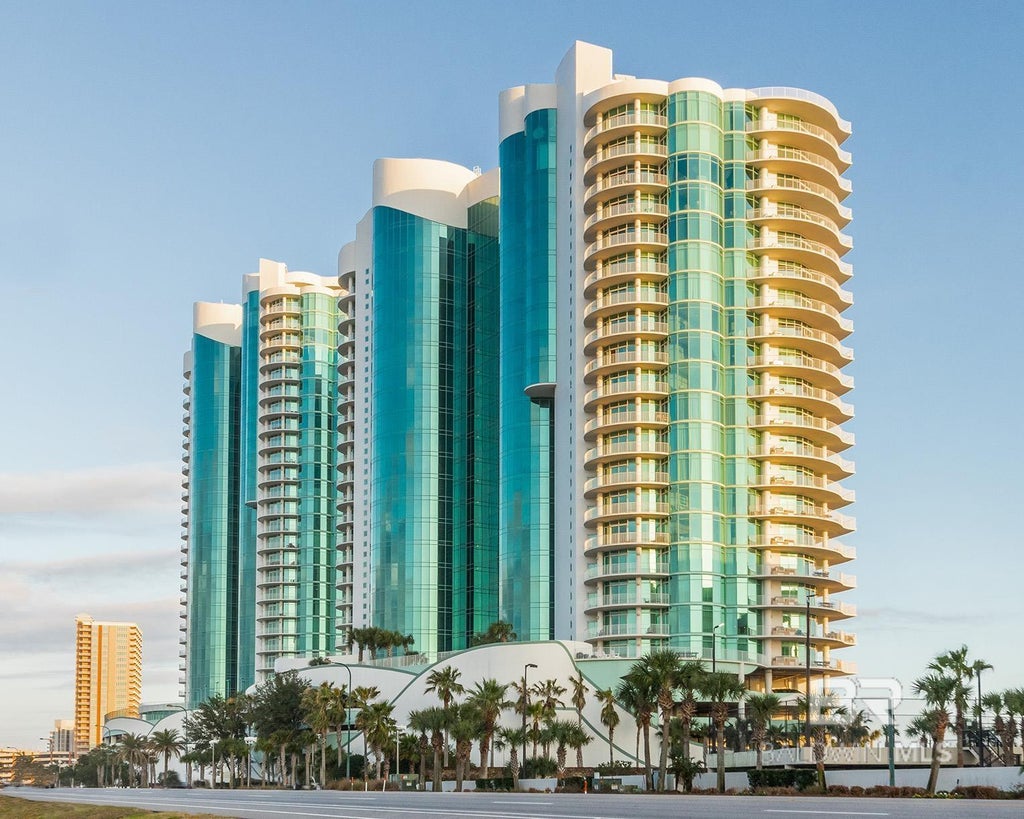
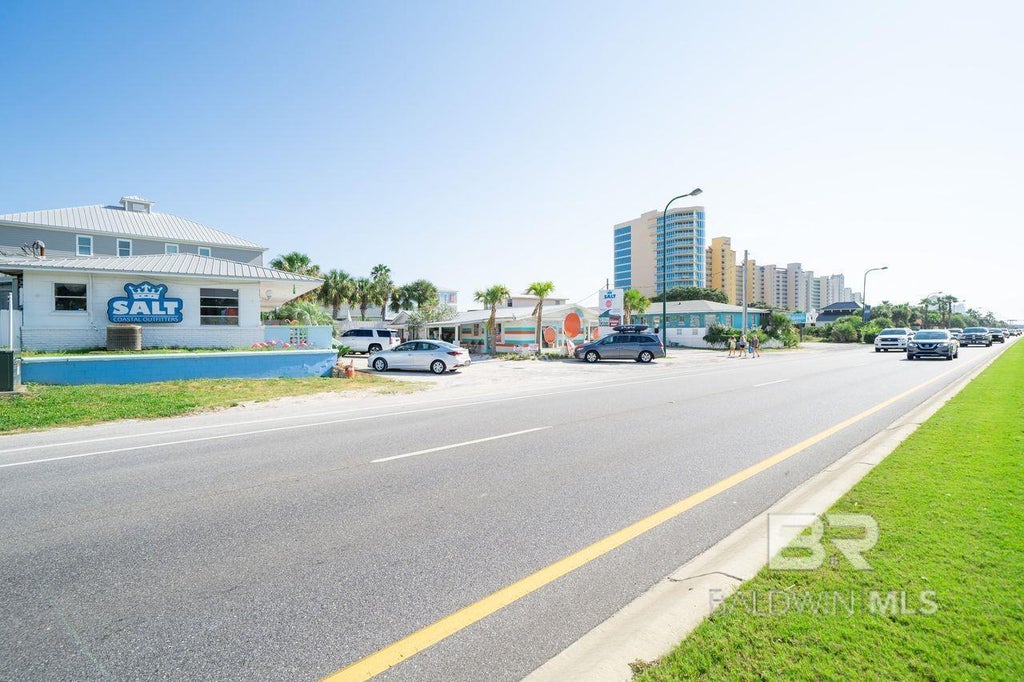
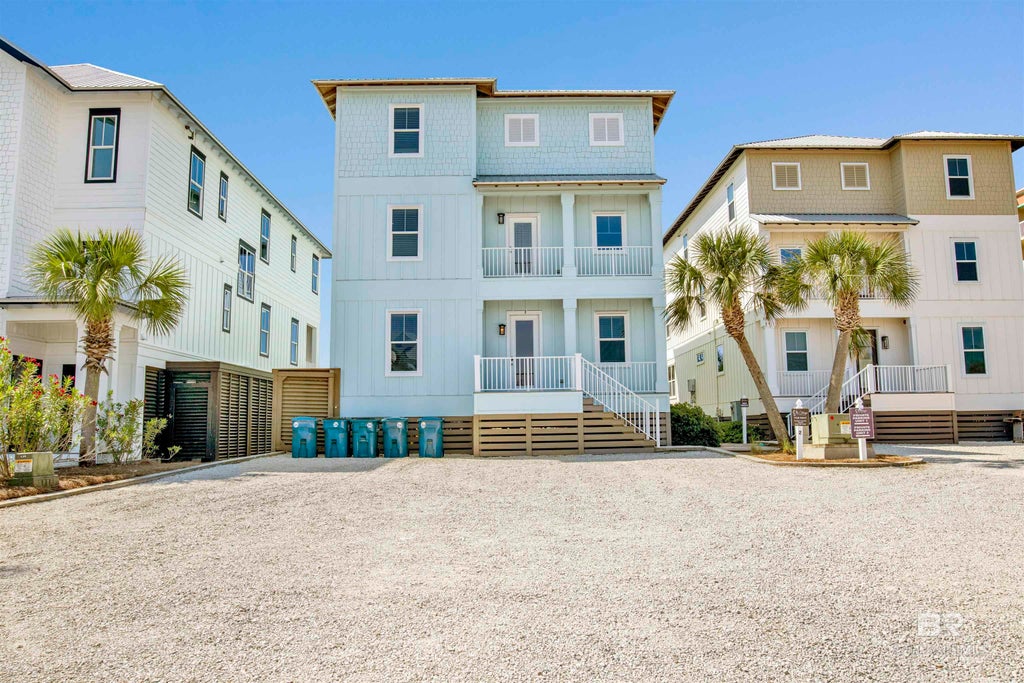
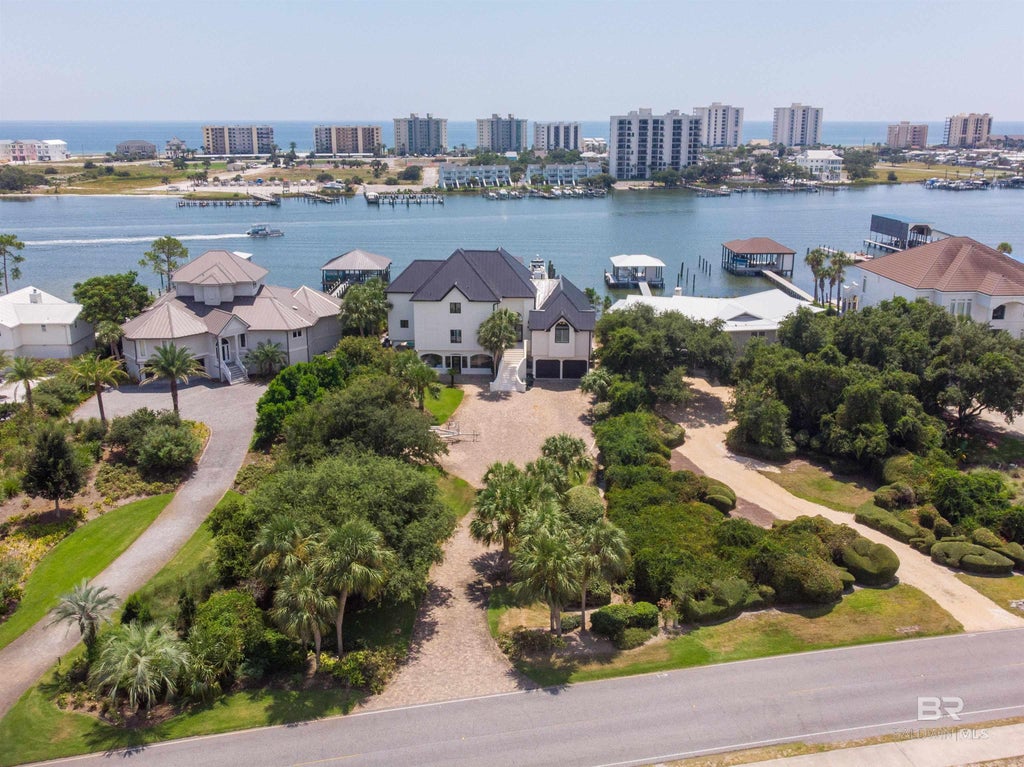
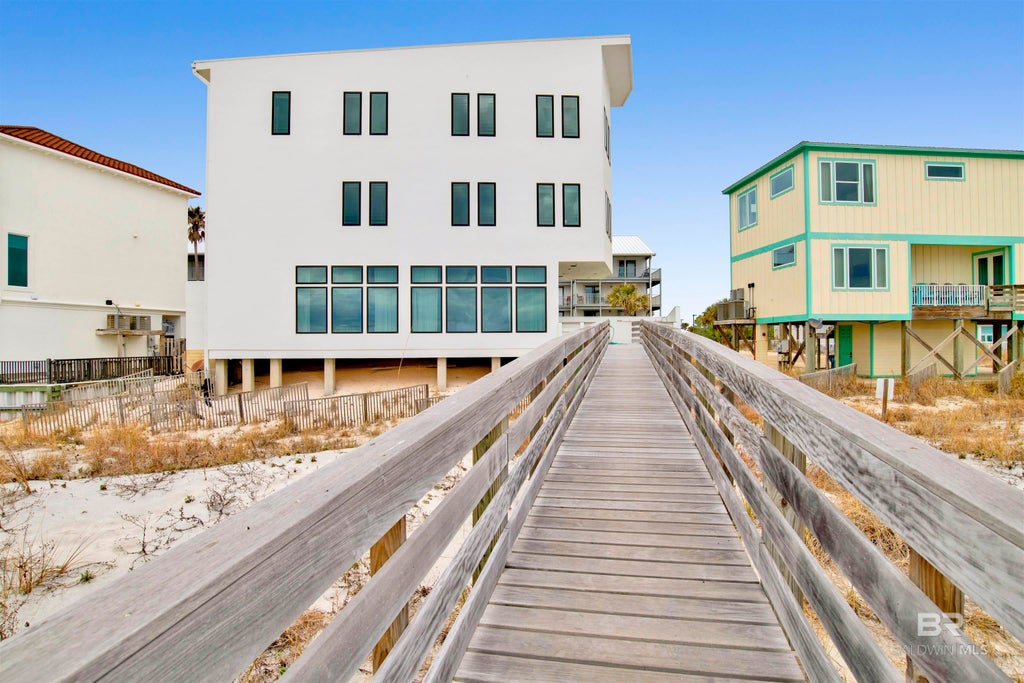
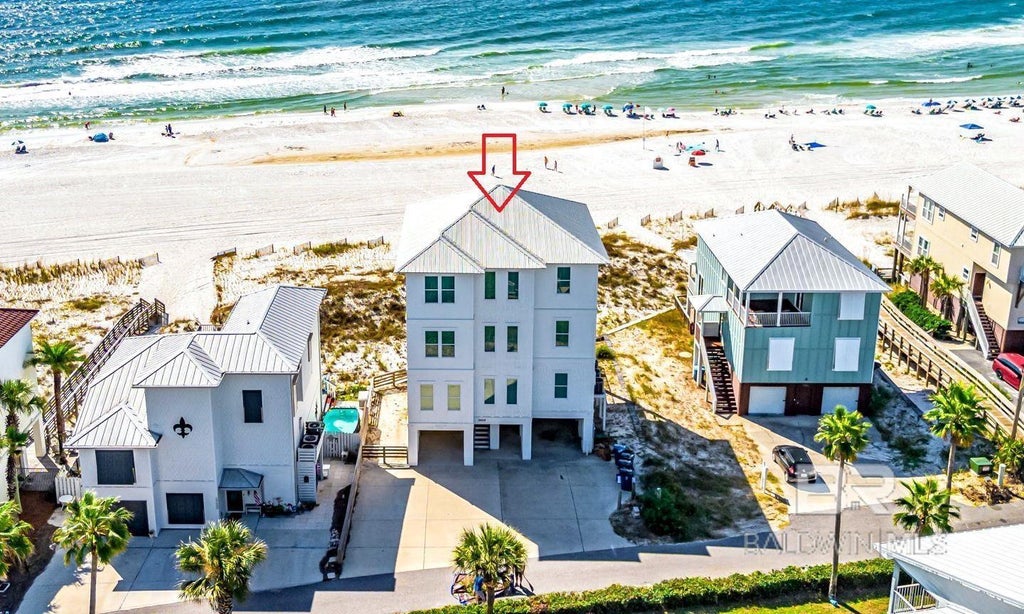
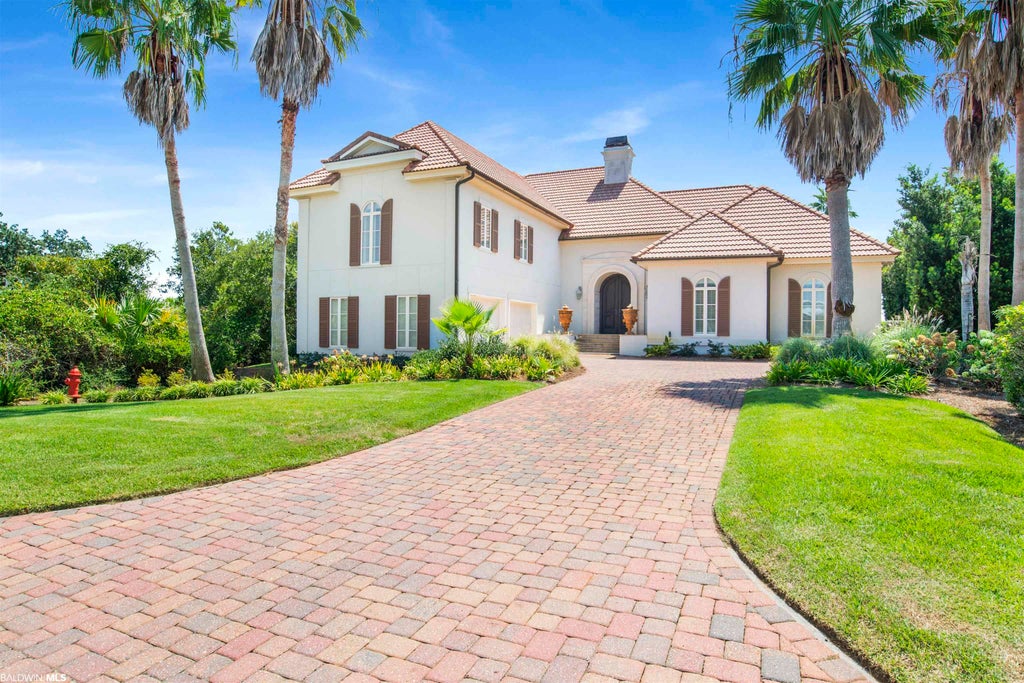
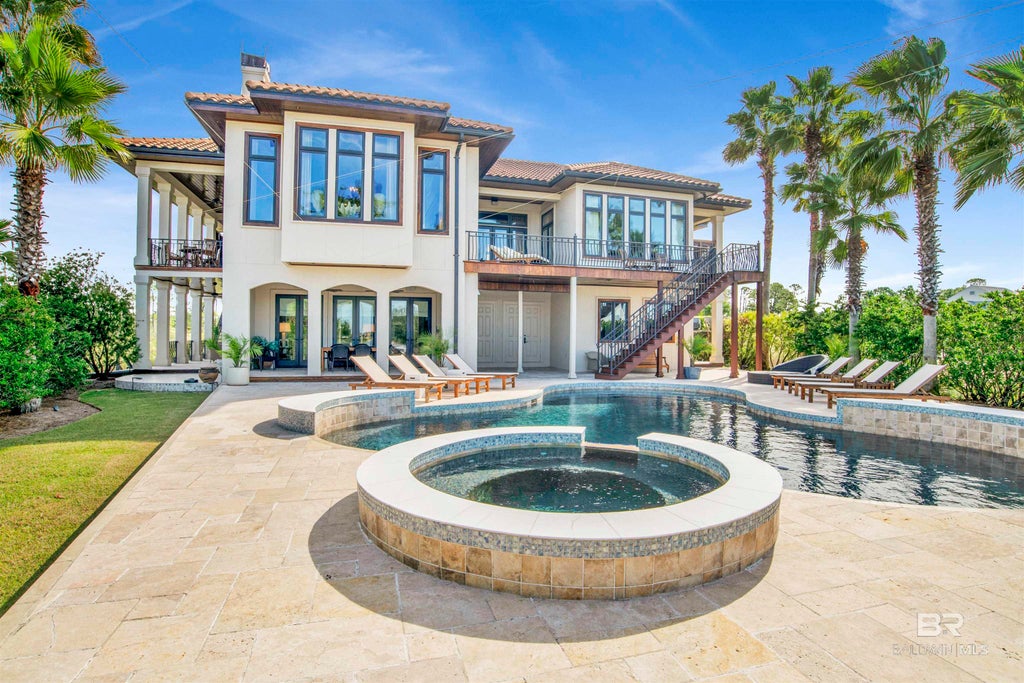
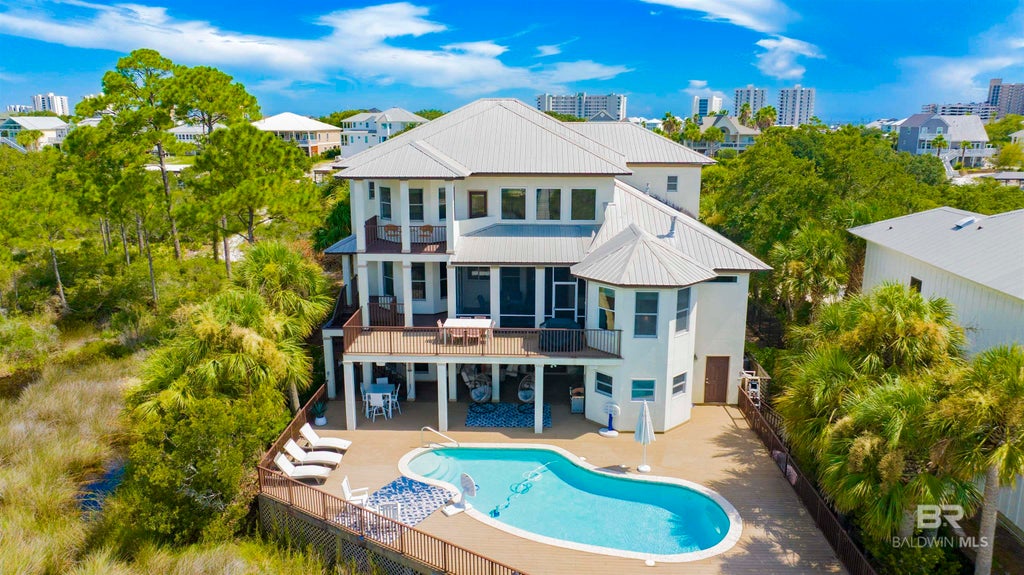
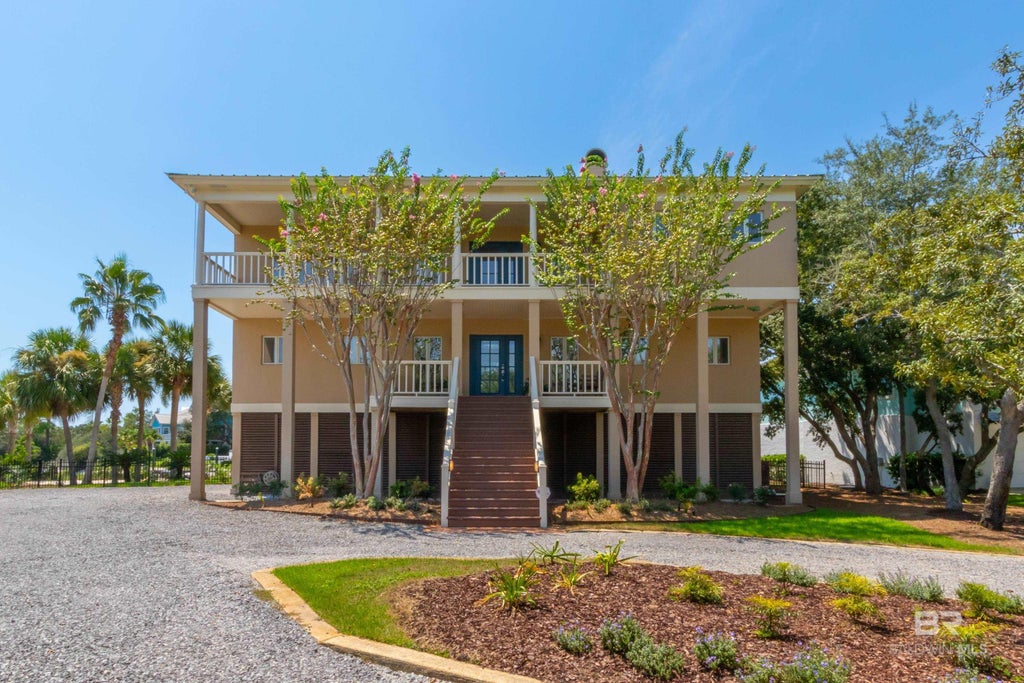
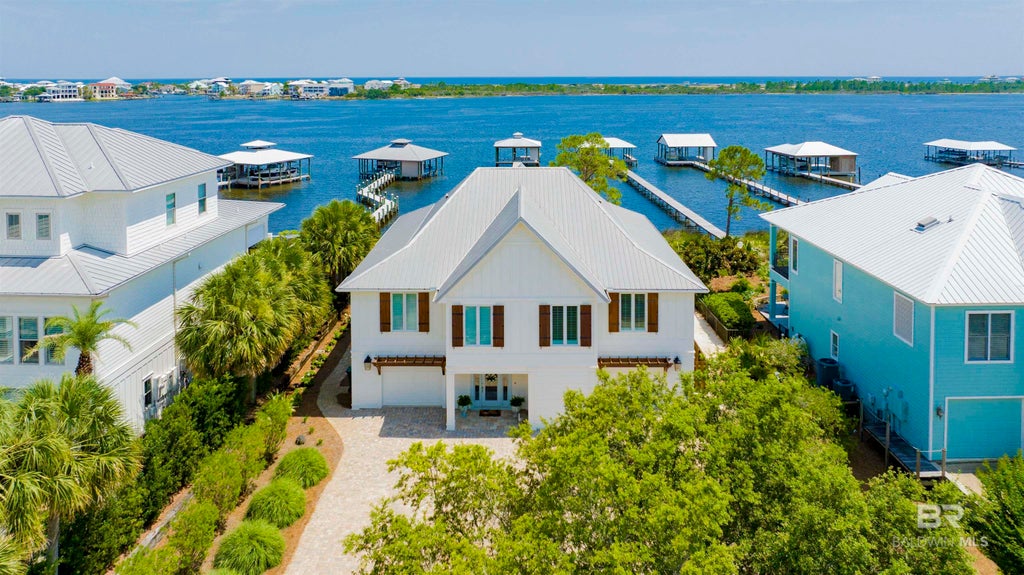
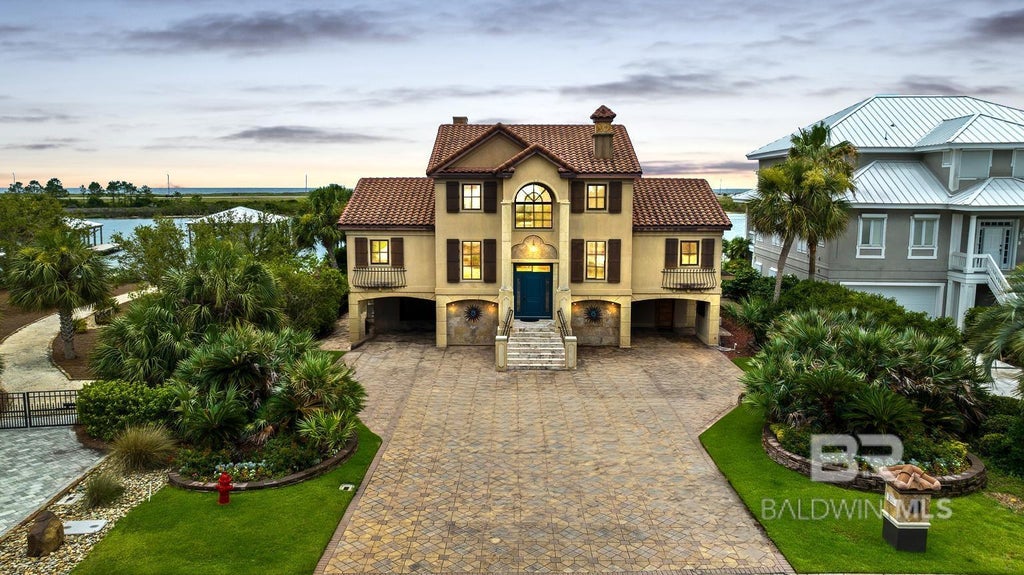
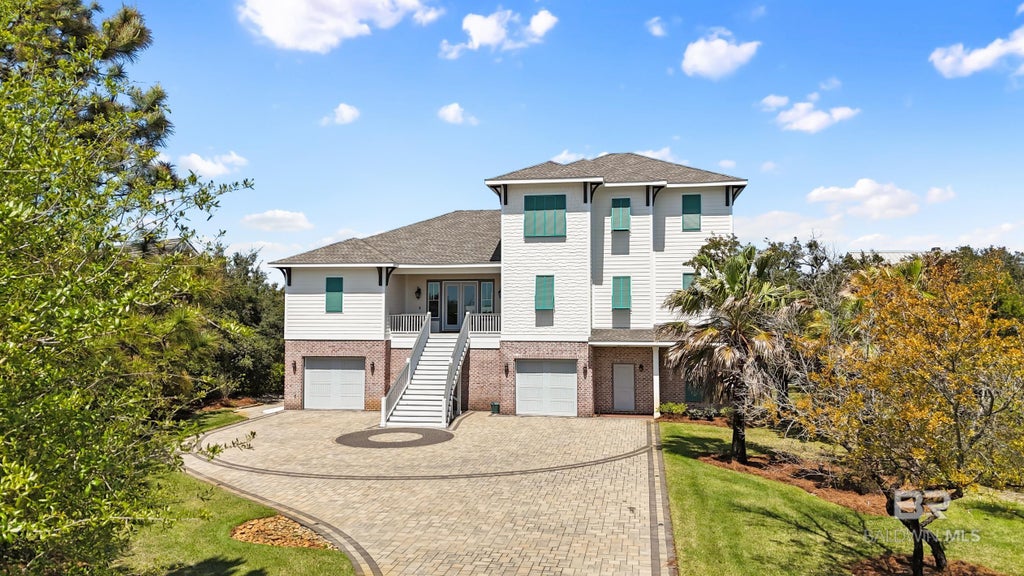
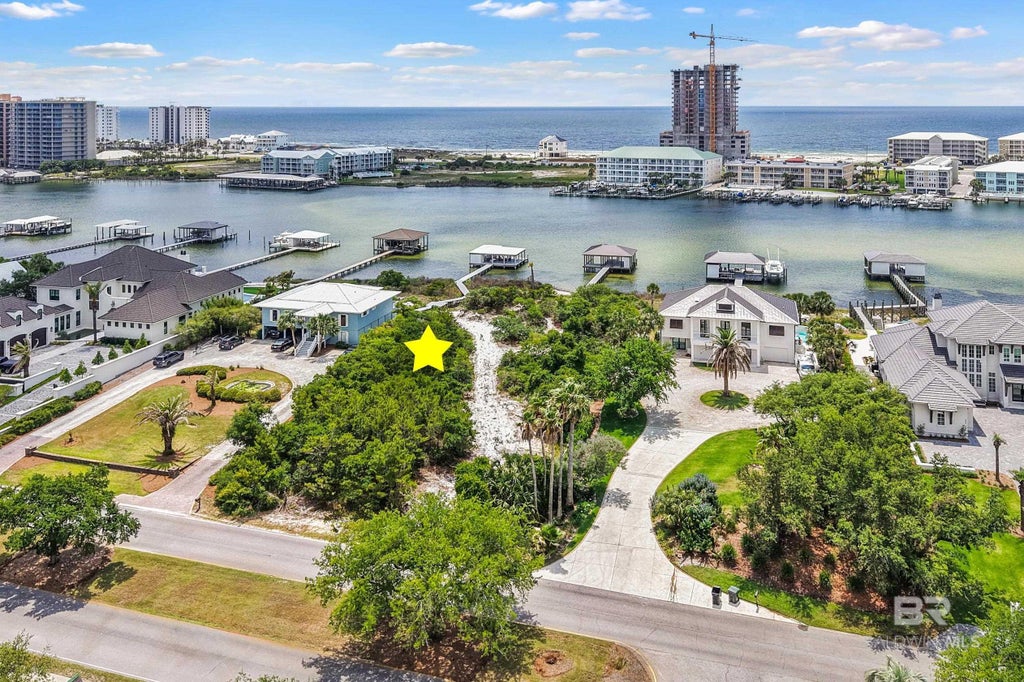
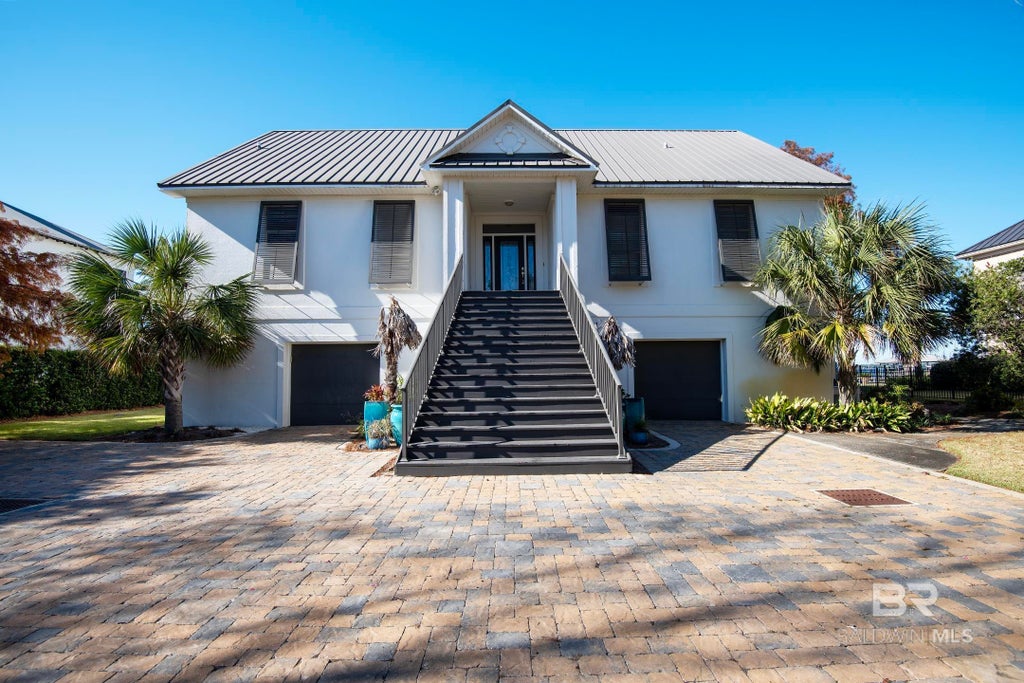

Leave A Comment